When learning to ski, asking the right questions can speed up your progress and make lessons more effective. Instead of just listening, engage with your instructor to get tailored advice. Using shorter skis like Snowfeet Skiblades (26 inches) or Skiskates (17 inches) can also make skiing less intimidating and easier to learn. These compact skis help you focus on technique rather than struggling with bulky gear, letting you learn faster and ask better questions.
Here’s what to ask your instructor to maximize your lessons:
- Stance: How should you position your feet, hips, and arms for better balance?
- Turns and Stops: What’s the best way to turn or stop with shorter skis?
- Drills: Which exercises improve balance and control?
- Equipment Fit: How should your boots and bindings be adjusted for comfort and control?
- Terrain Tips: Which slopes or snow conditions are best for practicing with short skis?
Snowfeet gear is lightweight, portable, and helps you build confidence quicker. Whether you’re tackling beginner slopes, learning to carve, or exploring terrain parks, shorter skis make skiing more approachable and fun. Always stay curious, ask specific questions, and track your progress to get the most out of your lessons. 😊
Beginner ski lesson #1 with Deb Armstrong, intro equipment and movement
Ski Technique Questions to Ask Your Instructor
Learning to ski on shorter equipment like Skiblades or Skiskates can be a game-changer, but it comes with its own set of techniques. Knowing the right questions to ask your instructor can fast-track your progress and help you adapt to these unique skis.
What stance should I use with Skiblades or Skiskates?

Your stance is the foundation of good skiing, and it’s a bit different when using Snowfeet* products. Skiblades (about 26 inches) or Skiskates (about 17 inches) require a more centered, athletic stance compared to traditional skis.
- Foot Position and Weight Distribution: Ask how to position your feet and distribute your weight. With shorter skis, keeping your knees slightly bent and your weight balanced between both feet is key.
- Hip Alignment: Unlike traditional skiing, where you push your hips forward over your boots, shorter skis benefit from a more neutral hip position. This helps with balance and makes turning feel more natural.
- Arm Positioning: With Snowfeet* products, you can keep your arms relaxed. There’s no need for the rigid pole-planting stance used with regular skis.
Mastering this stance will make turning and stopping much easier.
How do I turn and stop on short skis?
Turning and stopping on short skis like Skiblades or Skiskates is a whole different ballgame. The shorter length gives you quicker response times, but the techniques vary from traditional skiing.
- Stopping Techniques: Ask your instructor to demonstrate the pizza slice method. On short skis, you’ll need less edge pressure to stop effectively.
- Turning Tips: Timing is everything. With Snowfeet* products, turning requires smaller, more subtle weight shifts than the exaggerated movements needed for longer skis. Have your instructor show you how to time these shifts for smooth turns.
- Parallel Turns: One of the perks of shorter skis is that you can start practicing parallel turns much sooner. Ask your instructor when to transition from wedge turns to parallel ones.
- Carving Adjustments: Carving is also more accessible with short skis. Inquire about how the shorter edges affect carving and what tweaks you should make to get those clean, sharp turns.
Once you’ve nailed these basics, you’ll be ready to build your confidence with balance drills.
What drills help me balance better on Snowfeet*?

Balance drills are a great way to improve control, and they’re especially fun and approachable with Snowfeet* products because of their lightweight design.
- Single-Ski Drills: Ask your instructor about exercises like gliding on one ski while lifting the other. The lighter weight of Skiblades or Skiskates makes this easier for beginners.
- Terrain Practice: Request drills for navigating small bumps, gentle moguls, or different snow textures. The maneuverability of short skis makes these challenges less intimidating.
- Dynamic Balance Exercises: Inquire about drills that involve shifting your stance while moving, like transitioning from a narrow to a wide stance or experimenting with different turn shapes.
- Speed Control: Ask your instructor to include speed control exercises. With shorter skis, you can focus on refining your technique without the struggle of managing long, heavy skis.
- Hop and Jump Exercises: Short skis make jumping and quick direction changes more manageable. Ask about incorporating small hops and jumps into your lessons to build agility and confidence.
Equipment Questions: Fit and Features
Once you've nailed the basics, it’s time to shift your focus to fine-tuning your equipment. A good fit and regular upkeep can make a huge difference in how much you get out of your Snowfeet* gear. With their compact design and versatility compared to traditional skiing equipment, asking the right questions about fit and maintenance ensures you’re making the most of your investment.
How Should My Boots Fit with Skiblades or Skiskates?
Boots play a big role in how well you control your Snowfeet*. Chat with your instructor about how different boot types can impact binding adjustments and your stance. Properly adjusted bindings are key to better performance and control. And don’t forget to explore how Snowfeet* gear stacks up against traditional skis - its compact size and lightweight design make it a game-changer for portability and ease of use.
How Do Snowfeet* Compare to Regular Skis or Snowboards?
Here’s the standout feature: unlike those long, bulky 5–6-foot skis, Snowfeet* Skiblades (26 inches) and Skiskates (17 inches) are incredibly portable. This not only makes them easier to carry but also helps beginners progress faster while saving money on rentals and transportation. Plus, they’re super versatile - you can use them on groomed slopes, terrain parks, hiking trails, or even in your own backyard. Knowing these perks can help you ask smarter questions about how to maximize their potential.
How Do I Maintain My Snowfeet* Products?
Keeping your Snowfeet* in top shape doesn’t have to be complicated. Here are some tips to keep them performing their best:
- Waxing: Regular waxing boosts speed and keeps snow from sticking. Wood core Snowfeet* come pre-waxed, but if you’re using fiberglass-reinforced polyamide models, an extra layer of wax can improve glide. You can apply liquid wax at home or take them to a professional for a more thorough job.
- Edge Tuning: Use a tuner or sharpening stone to keep the metal edges sharp, focusing on the base edges. It’s okay if a bit of plastic gets trimmed during the process - it won’t affect performance noticeably.
- Binding Adjustments: Adjust the bindings to match your boot size using a screwdriver. For smaller feet, you might need to switch to a different strap hole. If you’re wearing larger snowboard boots, consider replacing the front toe straps with longer ones for a better fit.
- Storage: After each use, dry the edges thoroughly and apply a bit of oil to prevent rust. This simple step can save you from costly repairs or replacements down the line.
Learning on Different Terrain and Snow Conditions
Getting comfortable with various terrains and snow conditions is key to improving your skiing skills. Snowfeet* gear offers a unique edge here. Their compact size and lightweight design make them far easier to handle than traditional long skis. This means less time wrestling with your equipment and more time focusing on perfecting your technique.
Now, let’s look at how to choose the right slopes and handle different snow conditions with Snowfeet* gear.
Which Slopes Are Best for Practicing with Short Skis?
Start by chatting with your instructor about beginner-friendly slopes that match your current abilities. Snowfeet* Skiblades and Skiskates are much less intimidating than traditional skis, especially on steeper runs. Green circle trails are a great place to start, and you might find yourself moving to blue square terrain faster than you would with regular skis.
One of the perks of Snowfeet* products is their shorter turning radius. This allows you to carve turns on tighter, narrower trails that might feel too cramped with longer skis. Groomed runs are perfect for learning how to shift your weight and apply edge pressure, especially with Skiblades (26 inches) or Skiskates (17 inches). Once you’ve nailed these basics, you’ll be ready to tackle more advanced terrain with confidence.
How Do Snow Conditions Impact Short Skis?
Snow conditions can completely change how your skis perform. For instance, in fresh powder, the smaller surface area of Snowfeet* means you’ll need to keep your weight centered and make quicker, more frequent turns. On icy or hard-packed snow, their design enhances edge control, making precise turns easier to achieve.
Ask your instructor for tips on engaging the edges effectively. Short skis like Snowfeet* make it easier to pick up this skill, and it can quickly become second nature. Plus, as snow conditions shift during the day, the lightweight build of Snowfeet* helps reduce fatigue, so you can practice longer and keep refining your technique.
Can I Use Snowfeet* in Terrain Parks or Off-Trail Areas?
Once you’re comfortable with the basics, Snowfeet* open up exciting possibilities in terrain parks and off-trail areas. Terrain parks are packed with features like jumps, rails, boxes, and pipes, ranging from extra-small (XS) to extra-large (XL). Thanks to their compact design, Snowfeet* gear gives you better control, making tricks more manageable and reducing the risk of catching an edge.
If you’re new to parks, follow the "Park SMART" safety guidelines. Start small with XS features, plan your approach, and always check that the area is clear before you go. Certified freestyle instructors can teach you essential skills like calling your drops and clearing landings quickly - things that are easier to master with the shorter length of Snowfeet*. And if you take a tumble, the compact design lets you recover and clear the area faster, keeping you and others safe.
For off-trail adventures, Snowfeet* offer some serious perks. Their portability makes it easier to reach areas that would be tough to access with traditional skis. If you’re heading into the backcountry, make sure to ask your instructor about safety basics. Snowfeet* gear is especially handy for navigating through wooded areas or tight spaces, giving you the freedom to explore like never before.
sbb-itb-17ade95
Tracking Your Progress with Snowfeet*
Once you've nailed down the basics and gotten comfortable with your Snowfeet* gear, keeping track of your progress is key to building on your skills. Thanks to Snowfeet*'s compact design and quick learning curve, you get almost instant feedback, which can really help keep you motivated.
How can you track your progress with short skis?
Start by setting clear milestones with your instructor. Unlike traditional long skis that can sometimes slow down your learning curve, Skiblades and Skiskates give quicker feedback. This makes it easier to spot improvements in areas like weight shifting, edge control, and initiating turns.
You can also schedule regular feedback sessions with your instructor and record short video clips of your runs. Comparing these clips to your goals can help you see how far you've come - often much faster than with traditional skis.
Set specific, measurable goals, like completing several smooth turns in a row. You'll know you're ready to level up when you feel confident and in full control of your Snowfeet* gear. With this kind of feedback and goal-setting, you can plan your next steps with clarity.
What’s next after mastering beginner slopes with Snowfeet*?
Once you've conquered the beginner slopes, it's time to think about advancing to blue square terrain or even trying out some freestyle elements. Snowfeet*'s agility opens up exciting paths for progression.
If you're feeling adventurous, consider exploring terrain parks. Snowfeet*'s design makes it easier to tackle smaller features like rails and boxes without the usual worry of catching edges. Start small, build your confidence, and then work your way up to larger features as your skills improve.
The responsive nature of Snowfeet* gear makes moving beyond beginner terrain feel safer and more intuitive, giving you the freedom to push your limits at your own pace.
How can group activities make learning with Skiblades or Skiskates more fun?
Learning in a group can be a blast with Snowfeet*. Try fun exercises like follow-the-leader drills, where everyone practices different turn shapes. This not only improves your technique but also makes the session more interactive and engaging.
Relay races and skill challenges are another great way to add excitement. The shorter skis make quick directional changes easier, so activities like weaving through cones or timed runs can be both fun and rewarding. Partner drills, like mirroring each other's movements, are perfect for building skills side by side with someone at your level.
For those ready to dabble in freestyle, group sessions in beginner terrain parks can make tricks feel more approachable. Plus, video analysis as a group, with an instructor offering feedback, creates a collaborative environment where everyone learns and grows together. It’s a great way to bond and improve at the same time!
Conclusion: Get Better Results with Snowfeet*
Asking thoughtful questions during your ski lessons can completely change how you learn, especially when you pair that curiosity with Snowfeet* gear. Together, they create the perfect recipe for faster progress on the slopes.
The questions we’ve discussed - whether about stance, turning, equipment fit, or terrain - become even more impactful when you’re using Skiblades or Skiskates. Snowfeet* products are designed to give you instant feedback on your technique. Their compact size also allows instructors to demonstrate moves more effectively and track your progress more easily. Whether you’re learning your first turns on 44 cm Skiskates or confidently carving on 65 cm Skiblades, you’ll find yourself advancing faster and asking more advanced questions in no time.
The streamlined design of Snowfeet* gear simplifies the learning process and helps you focus on building your skills. By reducing equipment hassles, you’ll spend less time stuck on the basics and more time tackling exciting challenges - like terrain parks or tricky snow conditions.
Take an active role in your lessons. Ask your instructor specific questions about your technique and your Snowfeet* gear. This combination of curiosity and the right equipment can transform you from a beginner into a confident skier. Every minute on the mountain becomes more valuable when you’re engaged and equipped with the right tools.
So, for your next lesson, come ready with questions, trust in your Snowfeet* gear, and watch your skills grow session by session. The slopes are yours to conquer!
FAQs
Are shorter skis like Snowfeet Skiblades or Skiskates a good fit for my skill level and skiing goals?
Shorter skis, like the Snowfeet Skiblades (65 cm) or Skiskates (44 cm), are a great pick for beginners or anyone craving more control and agility on the slopes. Their compact design makes them lightweight, easy to maneuver, and forgiving - perfect for learning the ropes and building confidence.
Snowfeet products stand out because they’re incredibly portable and versatile. You can glide down groomed slopes effortlessly, and they’re a fun option for skiers looking to sharpen their skills without the steeper learning curve of longer skis or snowboards. If you want a smoother, more enjoyable way to get started, Snowfeet Skiblades and Skiskates are definitely worth a try.
What makes Snowfeet gear better than traditional skis for beginners looking to improve their skills?
Snowfeet gear is crafted to make skiing less intimidating and more fun, especially if you're just starting out. With their shorter and lighter design, products like Skiblades and Skiskates give you better control, balance, and easier maneuverability than traditional skis. This means you'll get the hang of skiing quicker and feel more confident as you go.
The compact size of Snowfeet gear also helps cut down on fatigue and makes turning a breeze, speeding up your progress on the slopes. Unlike traditional skis that can feel heavy and a bit overwhelming, Snowfeet gear is simple to use and beginner-friendly - perfect for anyone looking for an easier, more enjoyable way to learn.
What safety tips should I follow when using Snowfeet products on different terrains or in terrain parks?
Staying Safe with Snowfeet Products
When you're out using Snowfeet gear like Skiblades or Skiskates, safety should always come first. Here are a few tips to keep your adventures fun and injury-free:
- Gear up properly: Always wear a helmet and the right protective gear. It’s not just about safety - it makes your experience more comfortable, too. Make sure your Snowfeet equipment is adjusted to fit you snugly for better control and ease of movement.
- Start small: If you’re new to Snowfeet, stick to beginner-friendly areas. Think gentle slopes or smaller jumps. This helps you build confidence and develop your skills step by step.
- Follow the rules: Pay attention to resort guidelines, posted signs, and terrain park etiquette. These rules are there to keep everyone safe and ensure a smooth experience for all.
While Snowfeet’s compact design makes them super agile and fun to use, it’s important to take it slow when trying new features. Progress at your own speed, and don’t feel pressured to tackle advanced terrain right away. With the right mix of caution, practice, and the unique versatility of Snowfeet, you’re set for a safe and exciting time on the slopes!

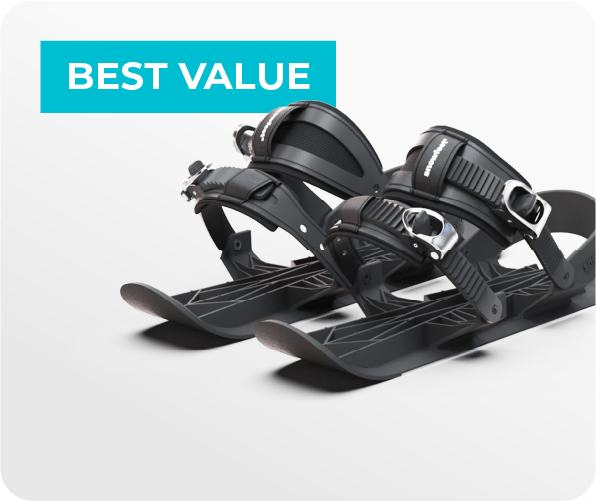



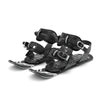
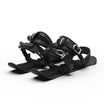
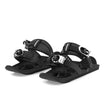

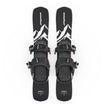
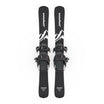

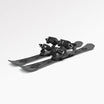
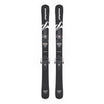
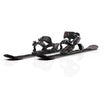
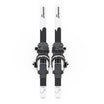


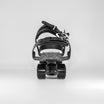

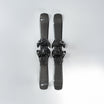
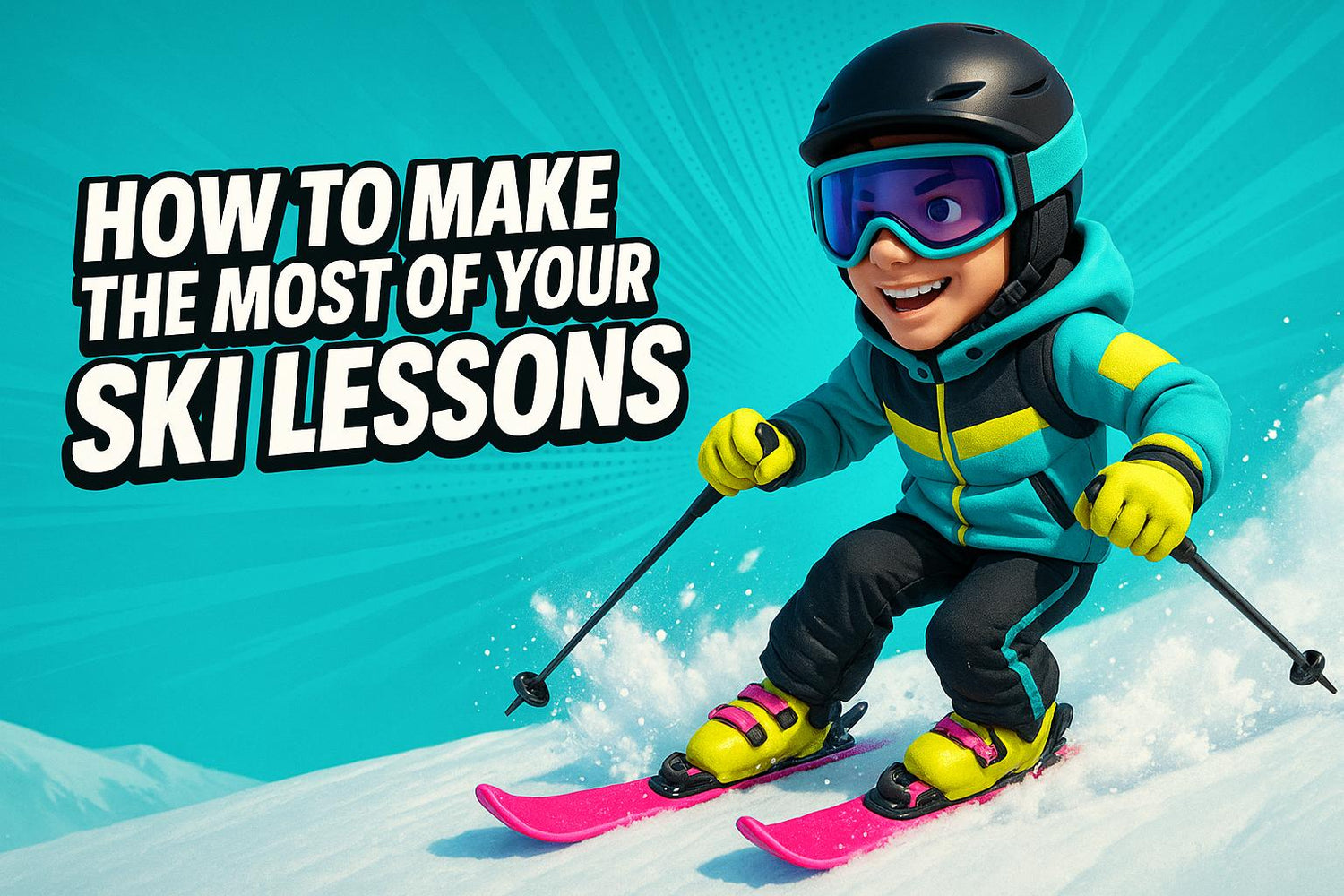
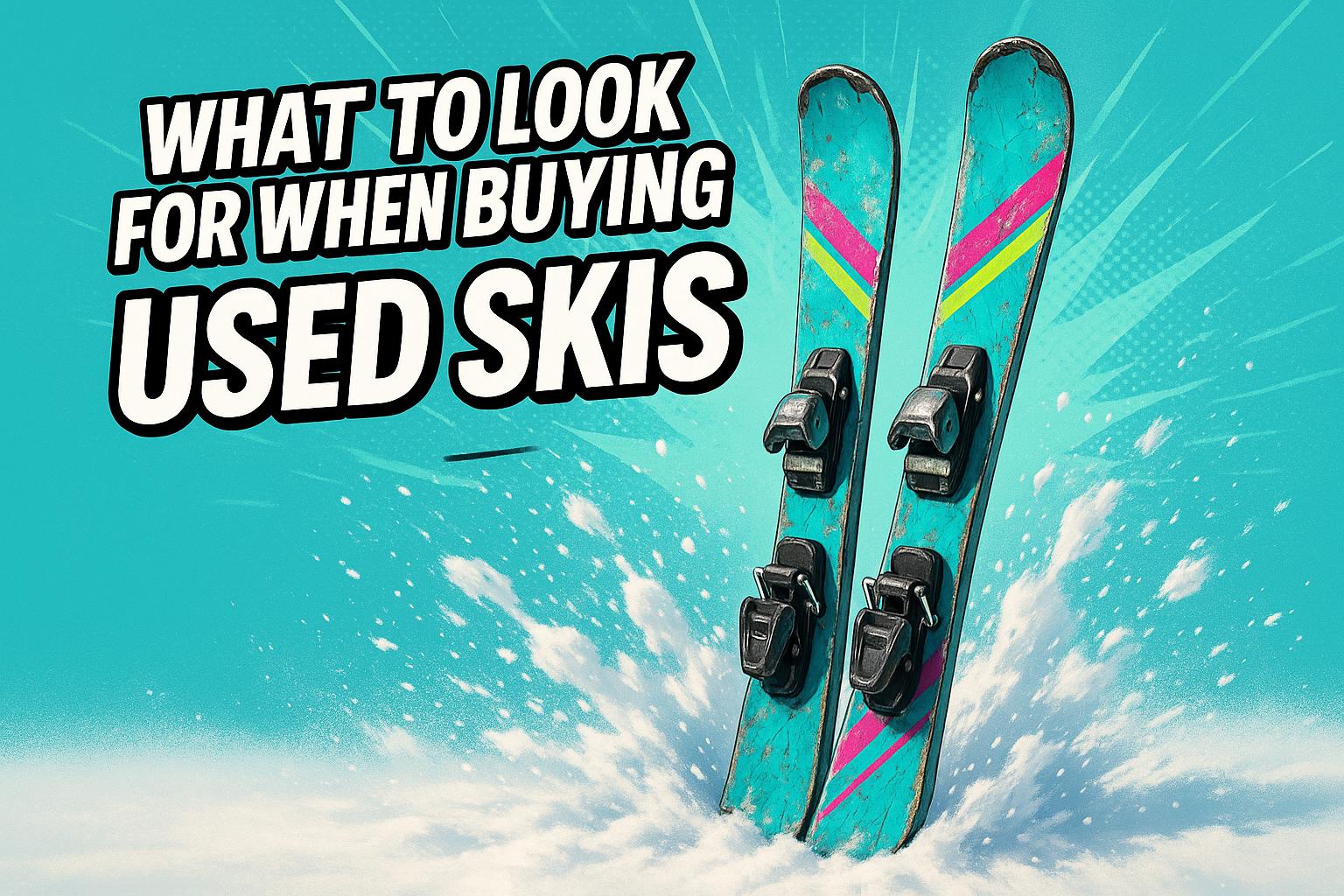
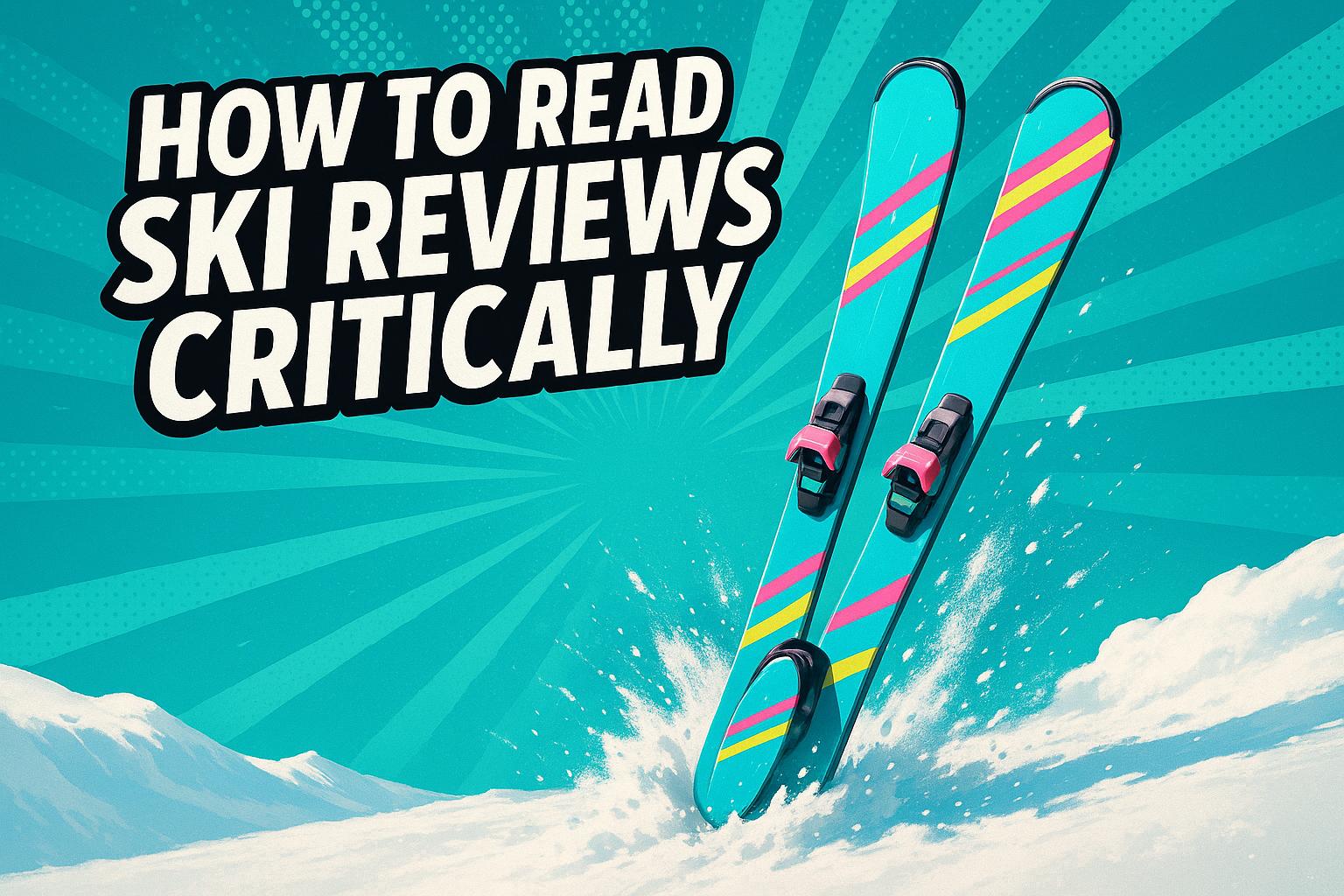
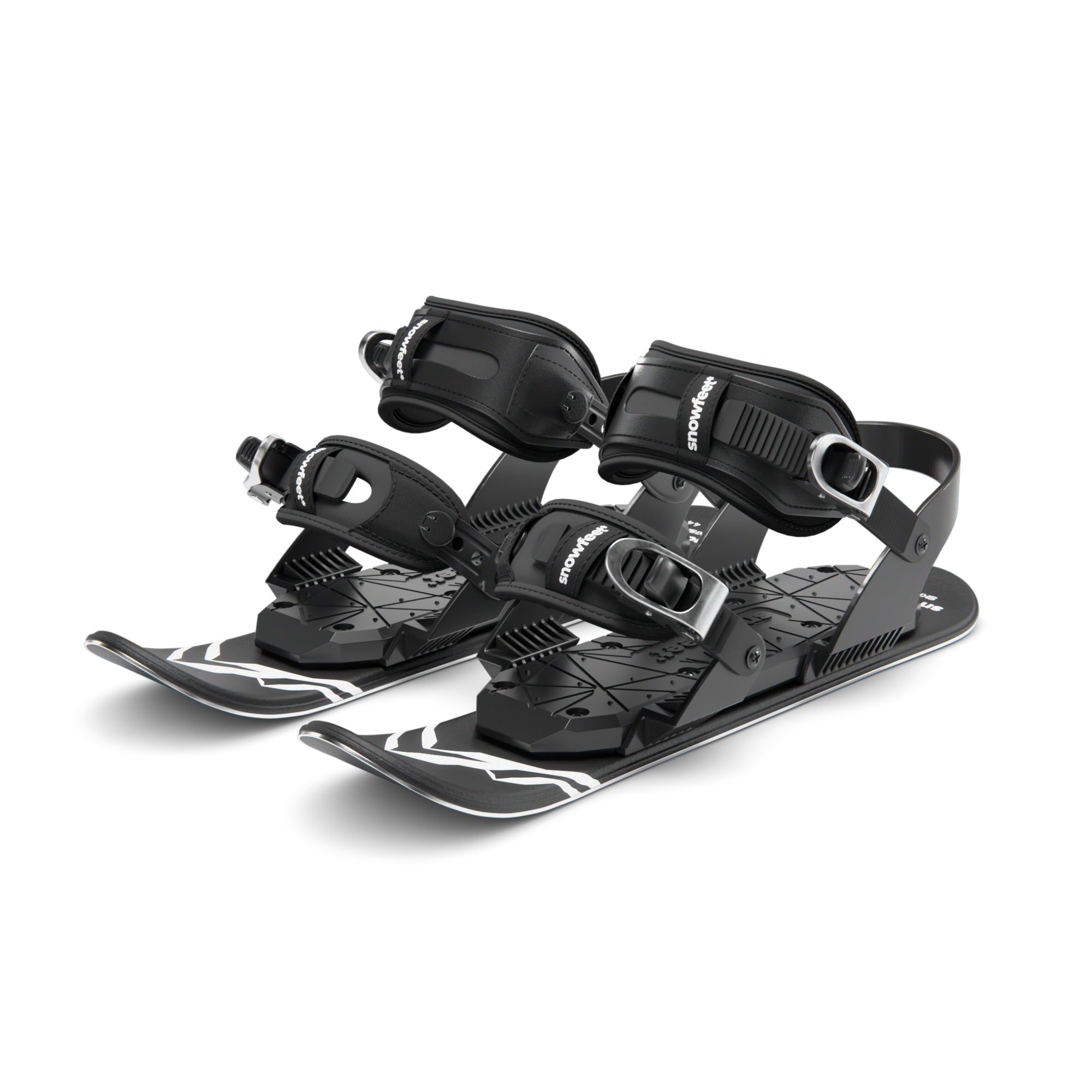
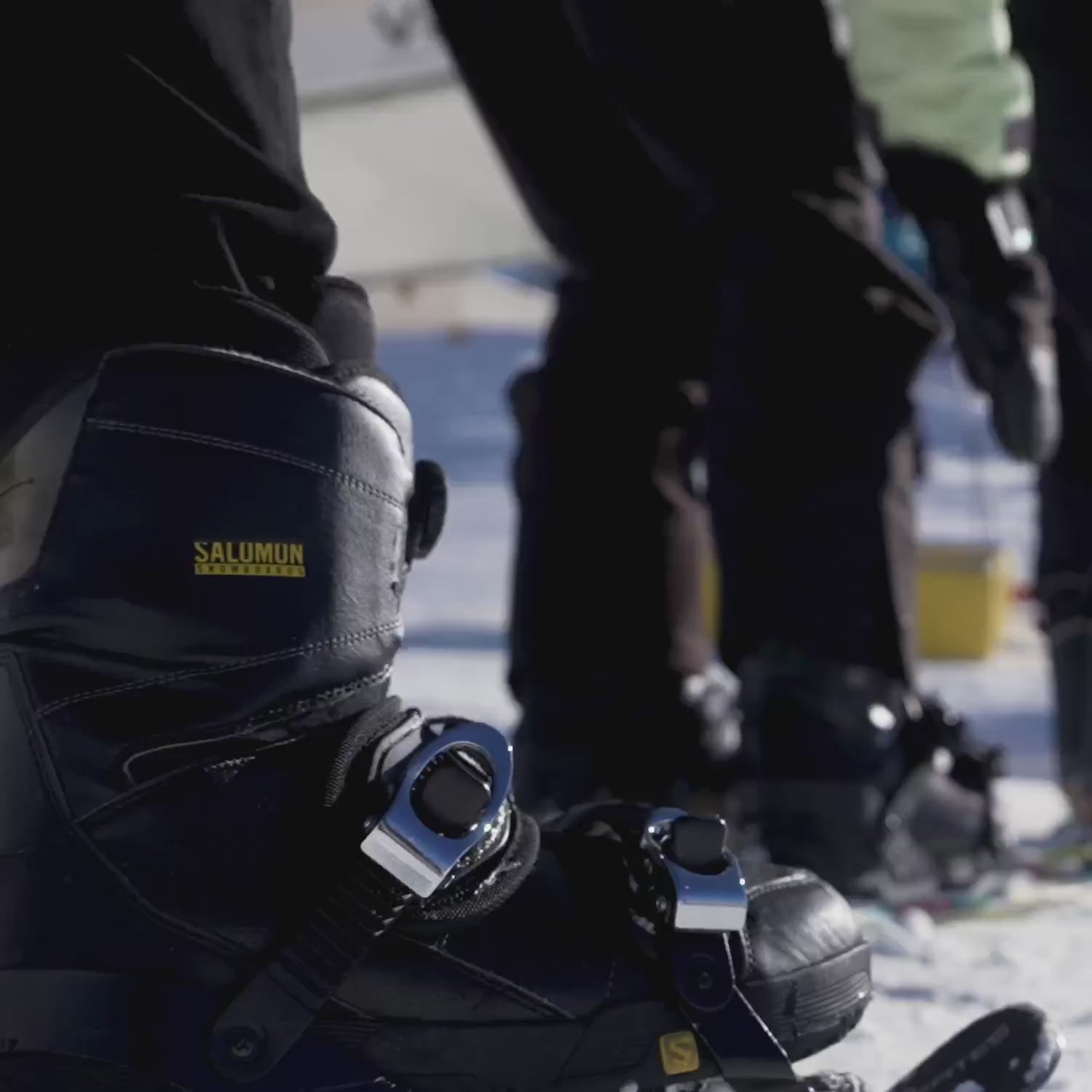
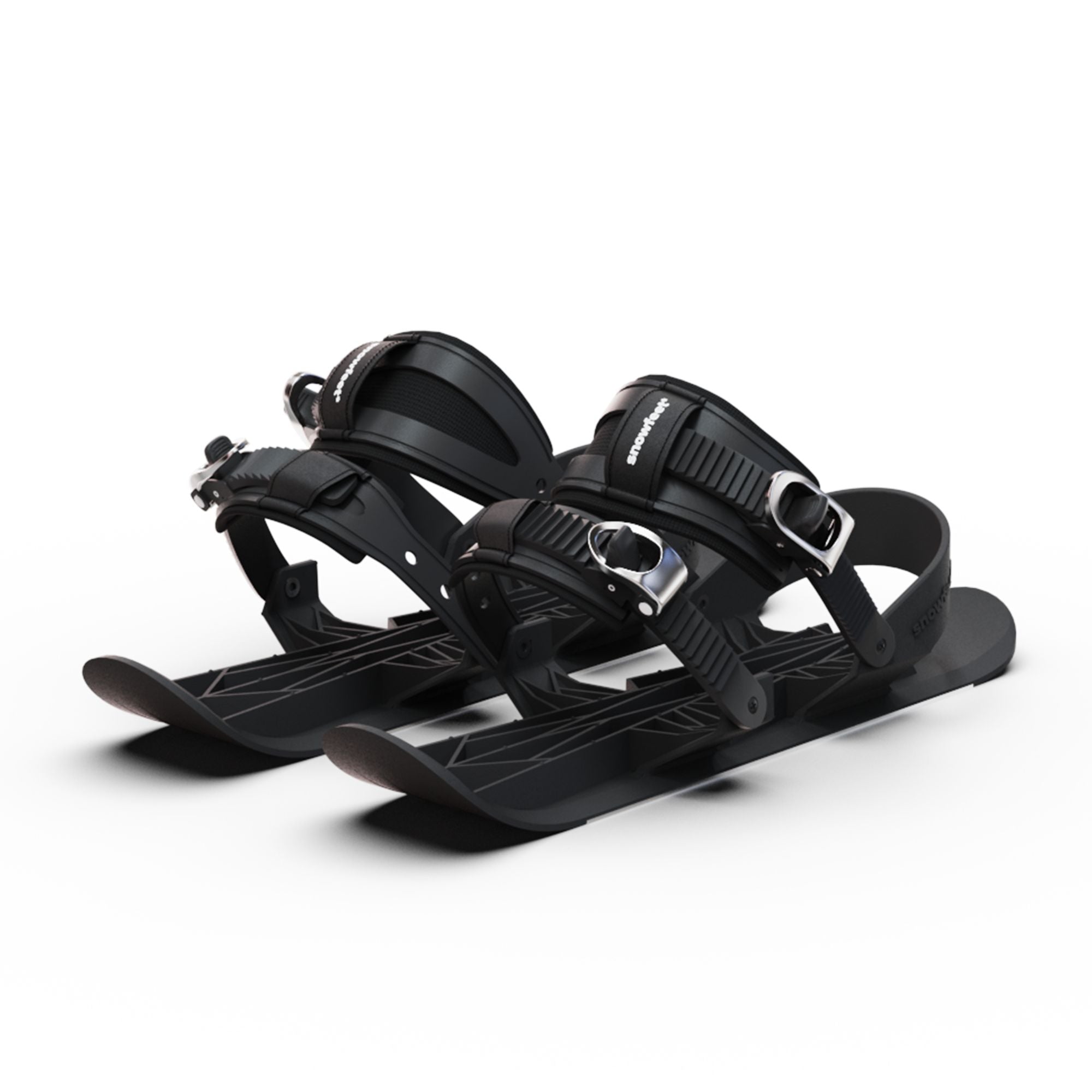
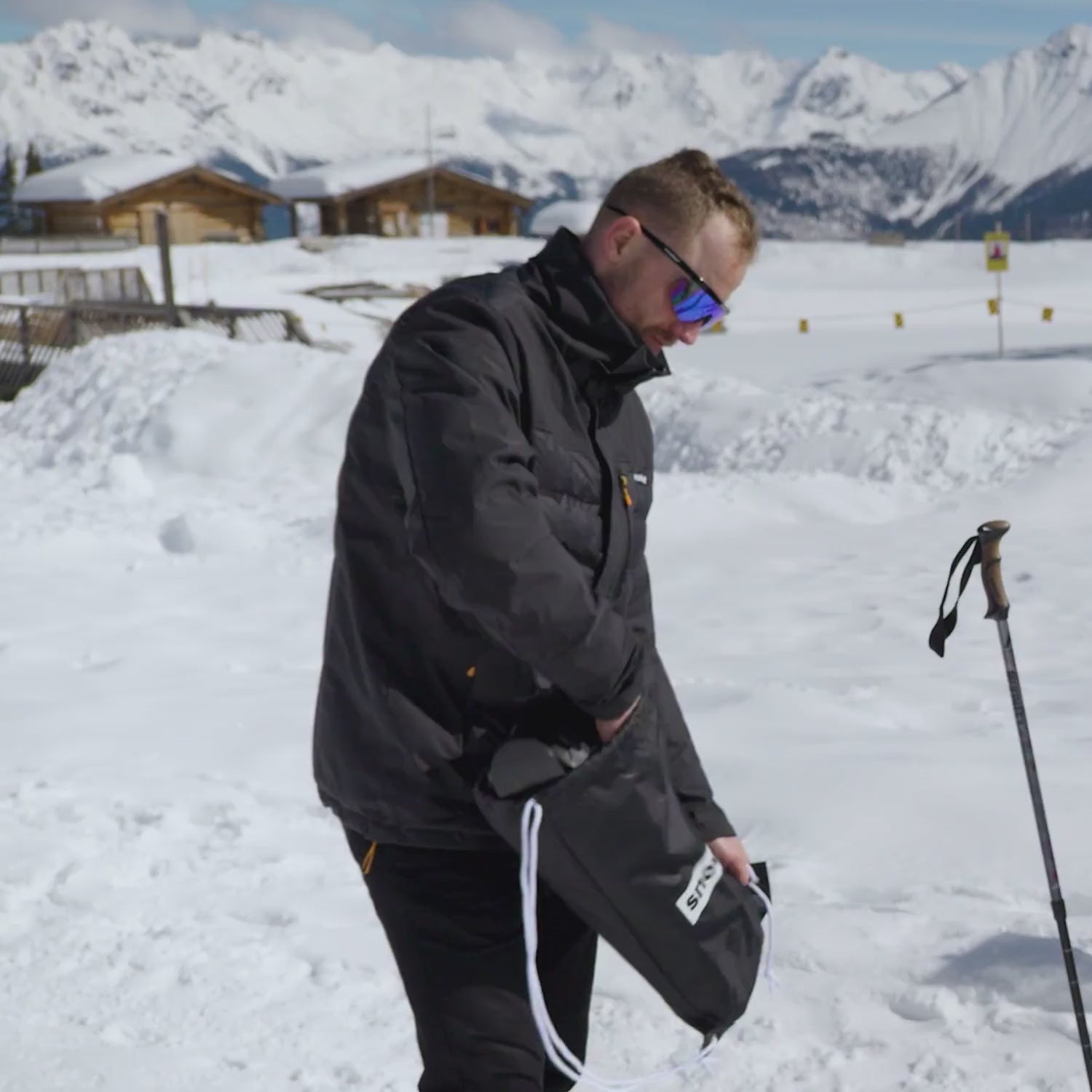
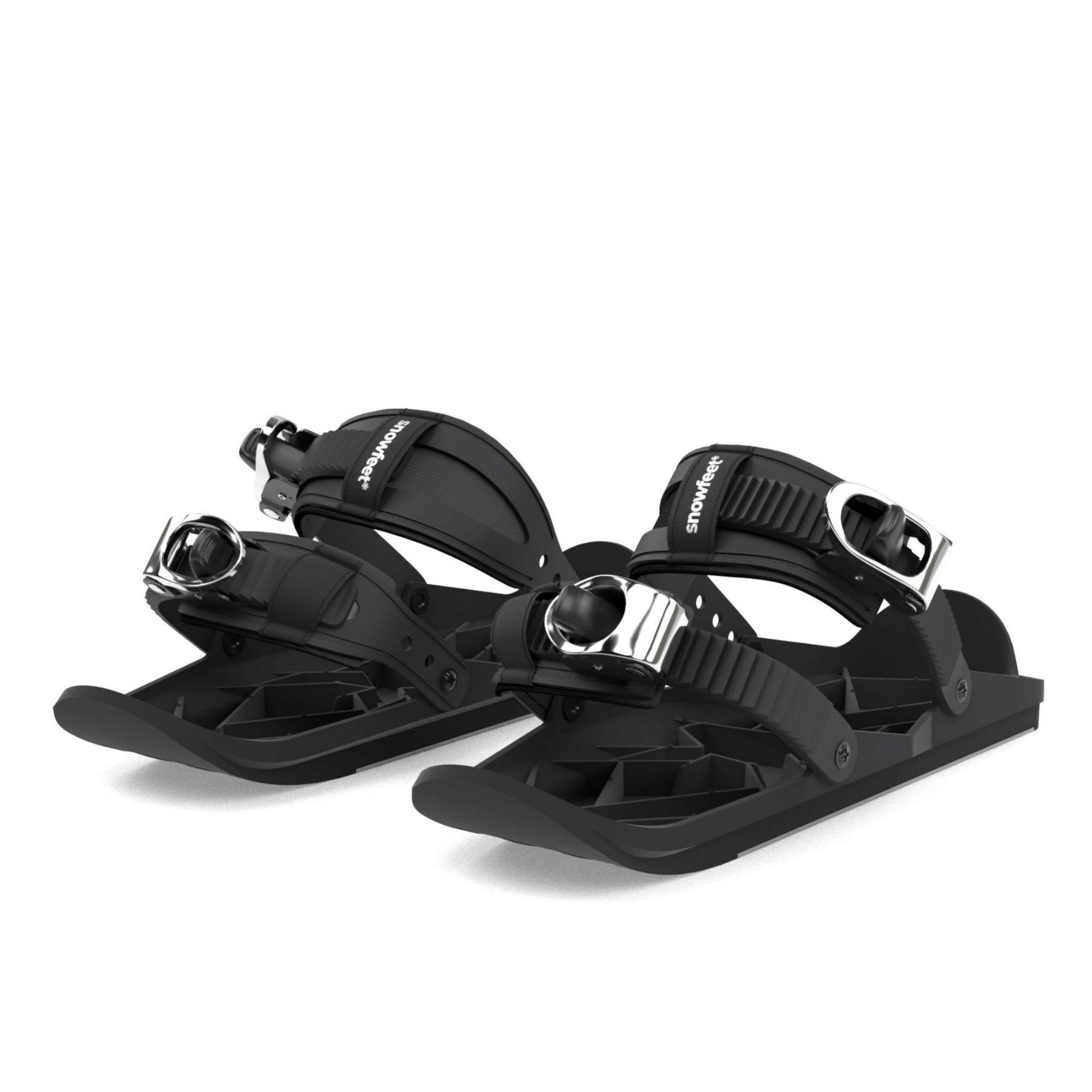
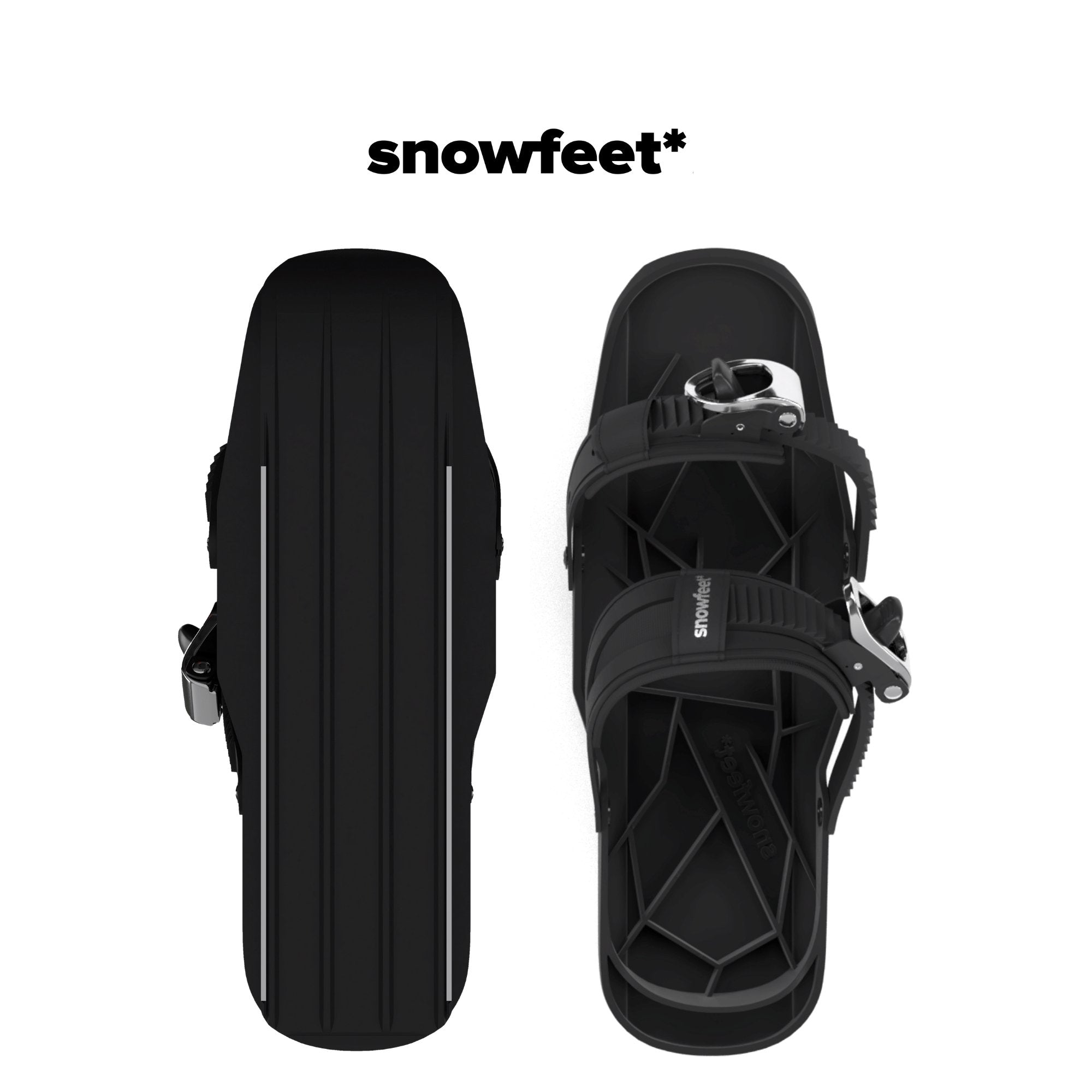
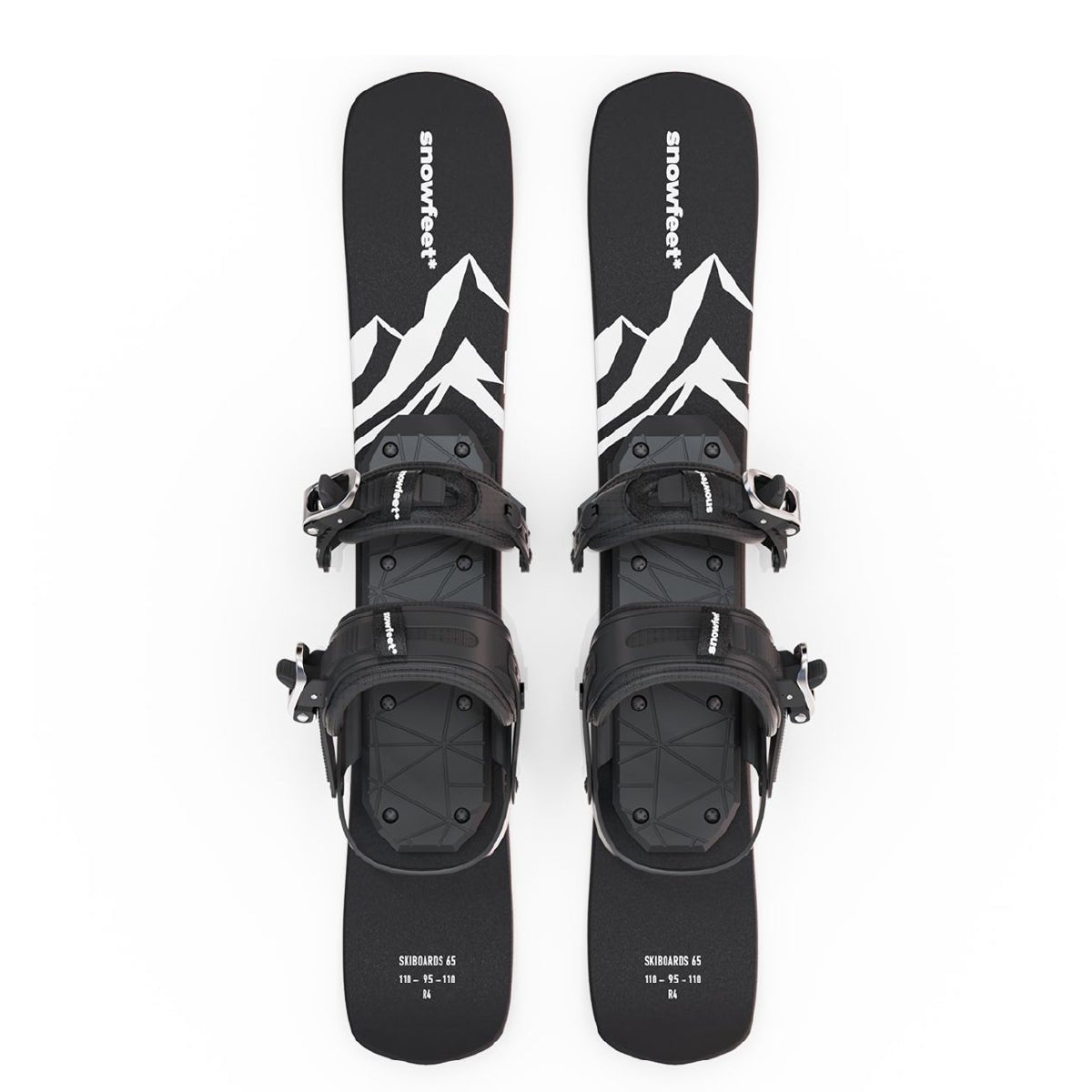
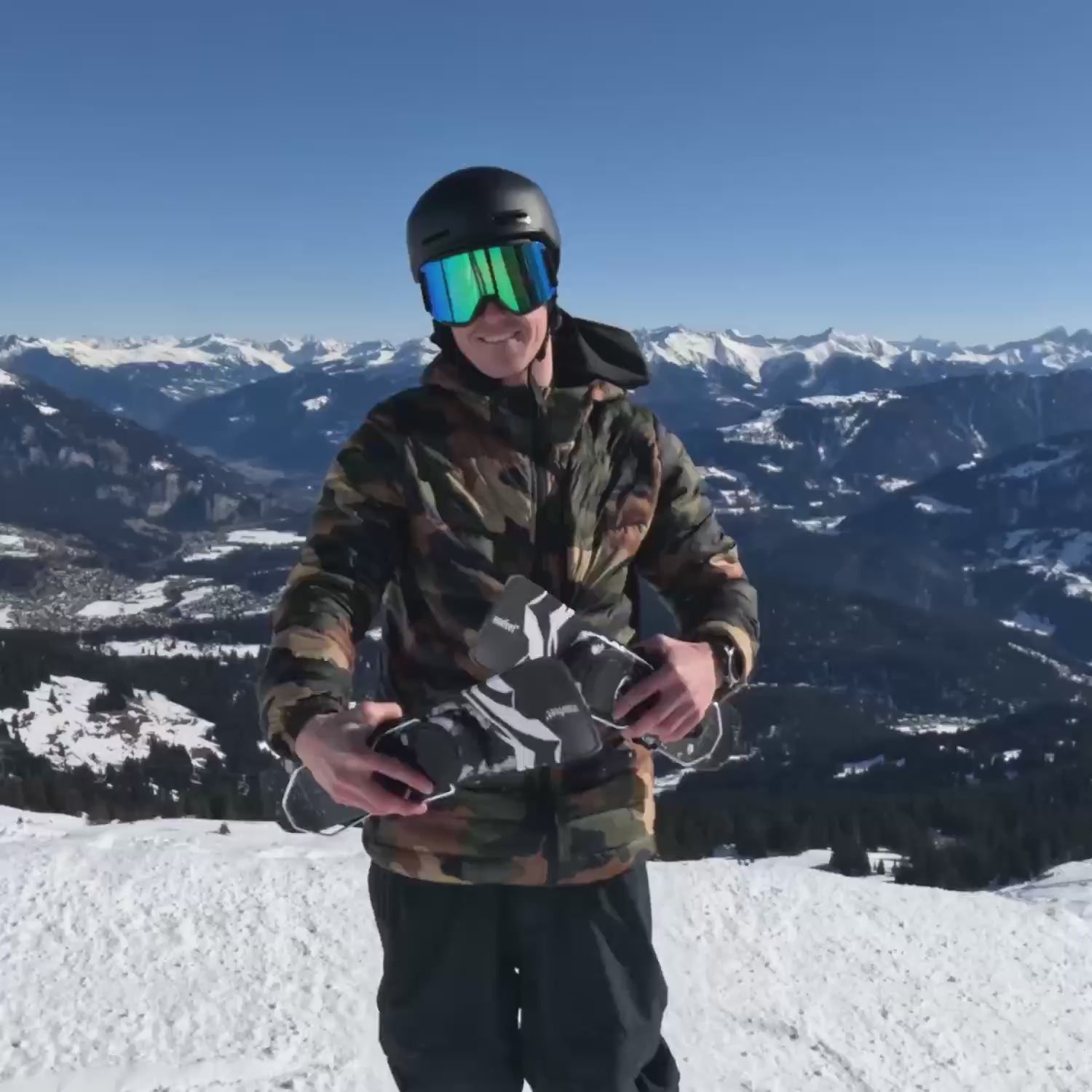
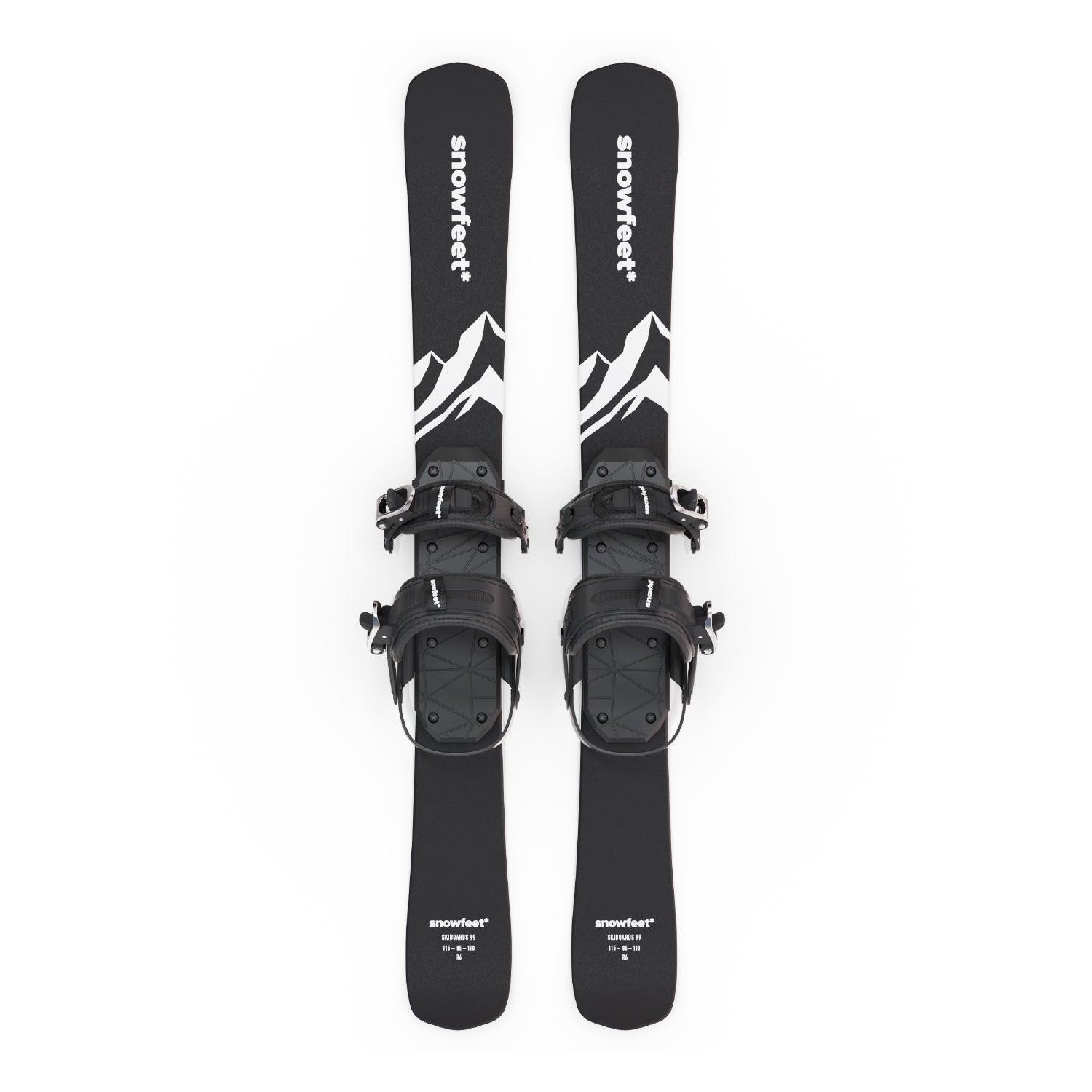
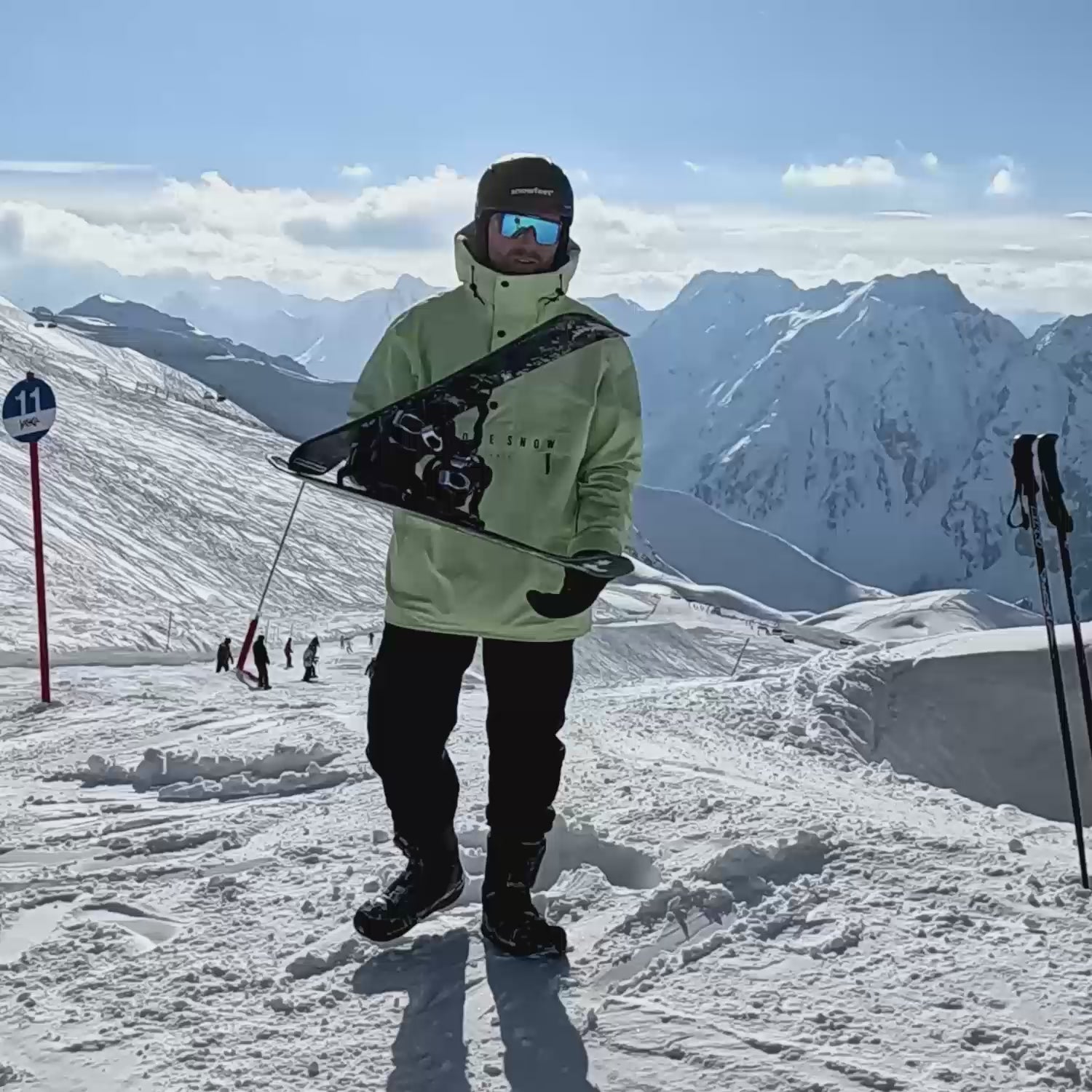
Leave a comment
This site is protected by hCaptcha and the hCaptcha Privacy Policy and Terms of Service apply.